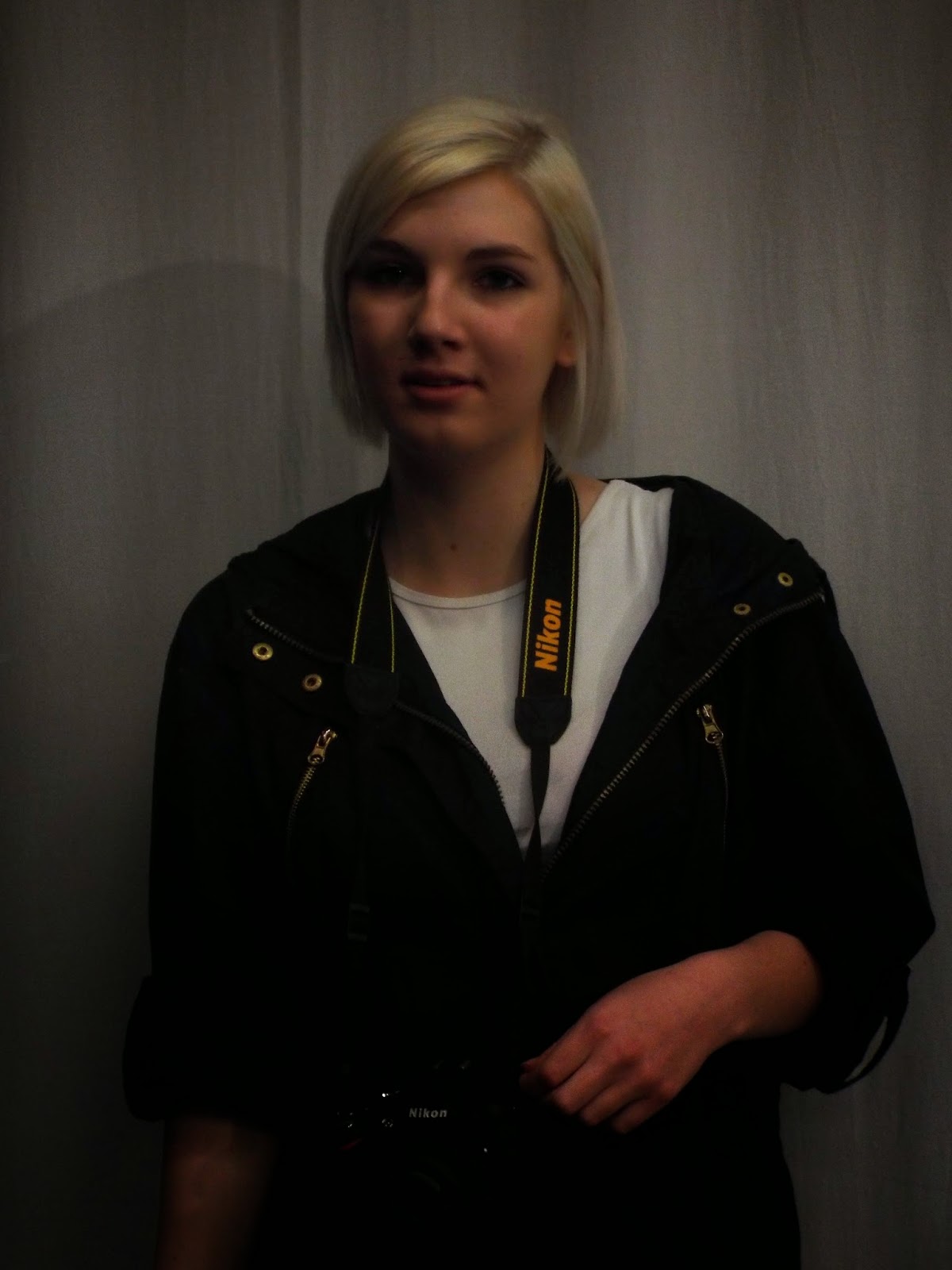Black and white photography can seem rather dull but some images can seem really deep because it can make the images seem more historic and there is usually more of a contrast between the shades. Black and white photography is also great to tone down the grain in some images which I have been able to use during my music shoots.
In my opinion, I only like black and white images when it is occasional, this is because the images that I have produced have always been full of color such as the sun set along the frozen canal. The sunset on the canal, in my opinion, would not look right if it was in black and white because it would take away the beautiful colours in the sky and the reflection on the ice.
Task
My task was to pick a colour and go around college to shoot some images that involve that colour. The colour I chose was yellow, this is because I know that yellow is a colour that looks terrible if it is overpowering. I took several images but my favourites are a small yellow wellington boot, a yellow car and two yellow lines on a paved road. I chose these three as favourites because the yellow boot stands out on the mostly plain background however it doesn't seem to overpower the overall image. I like the second image of the cars because it's full of a few different colours and the yellow car is almost hiding. I like the third image because I think that the yellow lines compliment the dark red bin.
This task helped me improve as a photographer because it helped me notice more things that I probably would've missed because I knew I had to look for certain things.




























.jpg)
.jpg)




